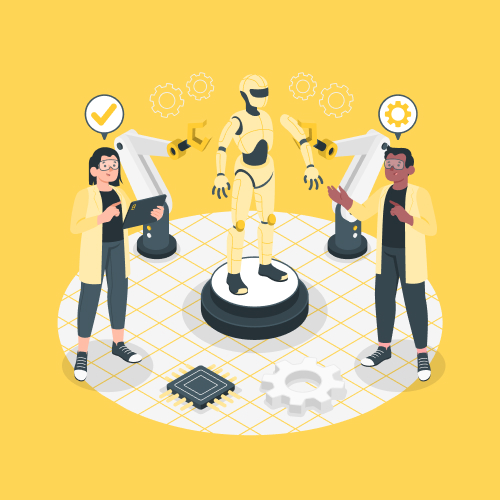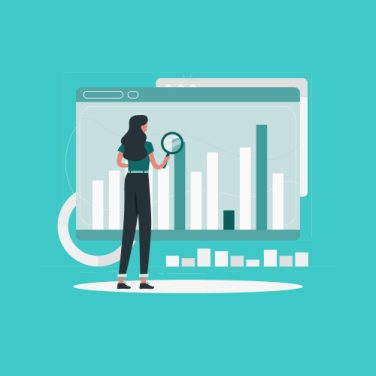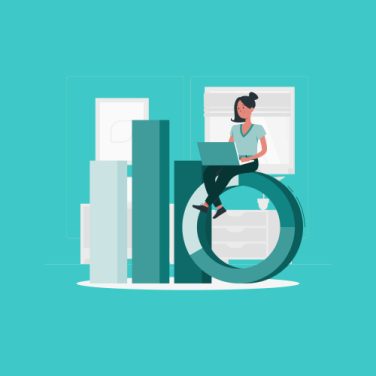As modern workplaces grapple with maintaining employee satisfaction in hybrid settings and effectively personalising HR interactions, AI tools for employee experience have been recognised as crucial in addressing these challenges.
The introduction of AI-driven tools offers a promising solution to create more tailored employee experiences, which are key to fostering a motivated and productive workforce.
HR challenges addressed by AI
- Data overload: AI helps sift through vast amounts of data to provide meaningful insights for decision-making.
- Personalisation: AI-driven personalisation allows for tailored employee interactions, improving overall experience.
- Dynamic work environments: AI supports the adaptation to hybrid and remote work models by ensuring seamless interaction and management.
At the forefront of these innovations are MiHCM’s comprehensive HR management software, MiHCM Data & AI, and MiHCM SmartAssist, which assist in efficiently managing employee engagement, making data-driven HR decisions, and streamlining payroll processes, which ultimately transform the workplace.
AI-driven personalisation
AI’s ability to tailor interactions is at the forefront of revolutionising employee engagement. By analysing vast datasets, AI can offer personalised solutions that cater to individual employee needs. This level of personalisation not only boosts employee morale but also facilitates a deeper connection between the employee and the organisation.
For instance, AI tools can recommend personalised development plans or wellness programmes based on unique employee feedback and performance data, making each employee’s experience truly individualised.
MiHCM Data & AI is a testament to how AI-driven personalisation can be implemented in HR systems. By turning people data into actionable insights, HR professionals can craft personalised, engaging employee interactions, elevating overall workplace satisfaction.
Moreover, AI facilitates better data-driven decision making for HR. Advanced analytics can highlight trends and patterns that would otherwise be overlooked, allowing HR to make informed decisions that align with organisational goals. This powerful capability transforms HR departments into insight-driven entities capable of crafting strategic interventions tailored to workforce needs.
With AI-powered tools, companies can track key metrics around employee well-being, productivity, and sentiment. This not only helps in predicting workforce trends but also in preparing timely strategies that mitigate potential issues, such as high turnover or low morale.
The integration of AI tools in HR systems brings unparalleled benefits to organisations aiming for a strategic advantage. By leveraging technologies such as MiHCM solutions, businesses can streamline workflows and focus on initiatives that truly matter.
Our comprehensive HR solutions stand as a catalyst for positive change, demonstrating that AI-driven personalisation is not just a tool but a transformative journey to achieving enhanced employee engagement.
Steps for successful integration
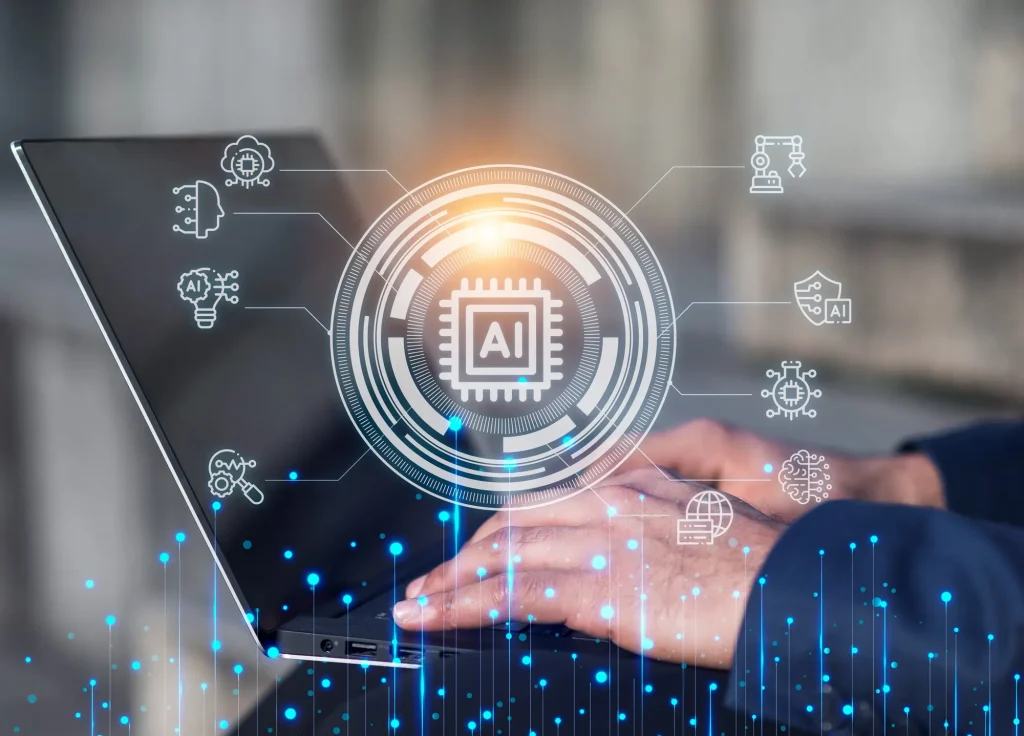
Successfully integrating AI tools involves a systematic approach:
- Assessment: Begin by evaluating your current HR infrastructure to identify gaps and opportunities where AI can add value. This may involve consulting with stakeholders across departments to gather insights on specific needs and expectations.
- Selection of AI tools: Choose AI tools that align with your organisational goals. Consider leading solutions, such as MiHCM Data & AI for advanced analytics, and SmartAssist for automation and communication enhancements.
- Integration planning: Develop a detailed plan outlining the implementation phases. Ensure the plan includes timelines, resource allocation, and key performance indicators (KPIs) to measure success.
- Data preparation: Ensure data quality by cleaning and organising datasets. Secure collaboration between IT and HR teams to maintain data integrity and security throughout the process.
- Change management: Implement training programs and workshops to familiarise HR personnel with AI tools, fostering a culture of acceptance and adaptability.
- Testing and feedback: Conduct pilot runs to assess tool performance and gather user feedback. Utilise this feedback for fine-tuning before a full-scale rollout.
While integrating AI tools, organisations may face challenges such as resistance to change, data siloing, and privacy concerns. Addressing these proactively through transparency, robust data security measures, and ongoing communication can help mitigate risks, ensuring a smooth transition.
Innovation thrives where there is transparency and trust. Transparency in AI use, regular communication with employees about its purpose and benefits, and active involvement of employees at every stage foster trust and ease adoption.
Improved HR efficiency: AI tools for employee experience allow HR teams to automate repetitive tasks, freeing up time to focus on strategic initiatives. This shift from administrative functions to strategic decision-making is a game-changer, driving more effective workforce management.
Real-time feedback: AI-powered tools capture and analyse employee feedback efficiently. This not only improves communication between employees and managers but also provides actionable insights that can shape future HR policies and programs.
Personalised employee engagement: Using AI, HR departments can provide tailored experiences for employees, such as personalised development plans and wellness programs, amplifying the connection between employees and their organisations.
The integration of AI into HR systems is not just about technological advancement. It’s about creating an environment where employees feel valued and heard, ultimately leading to higher productivity and retention rates.
Revolutionising communication in the workplace
AI-driven tools are revolutionising the landscape of communication in the workplace, presenting transformative opportunities for enhancing employee engagement. These technologies facilitate real-time feedback, making interactions between employees and managers more meaningful and efficient.
- Instant feedback loops: AI-powered systems can collect employee input continuously, enabling organisations to instantly capture the pulse of their workforce and respond promptly to concerns or suggestions.
- Natural Language Processing: Using advanced NLP, AI tools analyse employee sentiment expressed in communications, which can uncover deeper insights into morale and job satisfaction.
- Facilitated communication: By automating routine queries and scheduling, AI tools ensure smoother daily operations, freeing up time for more strategic discussions.
These AI-powered communication tools significantly strengthen employee-manager interactions. By providing a structured approach to feedback collection and analysis, they support a culture of continuous improvement and open dialogue. Employees feel valued when their feedback informs company policies, leading to increased trust and loyalty.
AI also excels at collecting and interpreting substantial volumes of employee feedback, turning it into actionable insights. This helps HR departments refine their engagement strategies, contributing to an environment where employees feel heard and motivated. As AI tools for employee experience continue to evolve, they will further narrow down the gaps in communication, ensuring a harmonious workplace dynamic.
Addressing privacy and bias concerns
AI systems in HR deal with sensitive personal information, making privacy a top priority. Organisations must adhere to stringent data protection regulations and establish robust security measures to safeguard employee data. This means going beyond compliance to instil confidence among employees that their data is protected and used responsibly.
- Data privacy: Implement measures that ensure compliance with global data protection laws, like the GDPR. Employee data should only be accessible to authorised personnel, and transparency about data usage must be maintained.
- Bias mitigation: AI systems are only as good as the data they are trained on. It’s essential to continually assess algorithms for bias and refine datasets to promote inclusivity and fairness in AI-driven decision-making processes.
Organisational transparency in AI initiatives cannot be understated. Clear communication regarding AI’s role, its benefits, and limitations can help build trust among employees. By fostering a collaborative environment where employees’ perspectives are valued, organisations can ensure smoother AI adoption.
Building trust is the cornerstone of successful AI integration. Maintaining open dialogues about AI implementation and its impact encourages a culture of trust and acceptance.
Implementing AI-powered tools in HR also demands an ongoing commitment to ethical standards. This framework should focus on aligning AI applications with the organisation’s values and commitment to diversity and inclusion.
AI trends shaping the future of HR
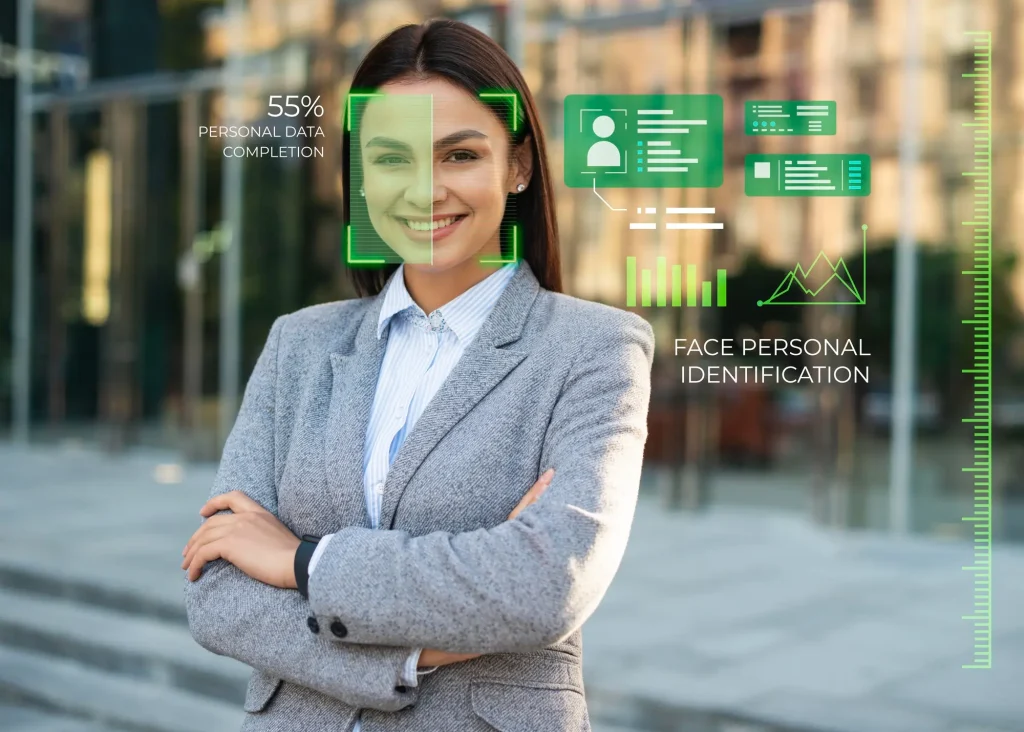
- Advanced predictive analytics: Leveraging big data, AI is expected to refine predictive models that anticipate employee needs and outcomes more accurately. These advancements will enable HR to proactively address issues such as employee turnover and identify workforce trends before they manifest as challenges.
- Enhanced AI personalisation: As AI becomes more intuitive, its ability to customise employee experiences will expand. AI in HR personalisation will allow for the creation of highly individualised employee pathways, from onboarding to career development, enhancing job satisfaction and loyalty.
- AI augmentation of human roles: Rather than replacing jobs, AI is projected to augment roles, handling repetitive tasks to free up HR professionals for strategic thinking and decision-making. This shift will foster environments where creativity and innovation are prioritised over routine administration.
- Increased use of VR and AR: These immersive technologies, powered by AI insights, will offer more realistic training and development experiences, further enhancing on-the-job learning and skill acquisition.
- Greater focus on ethical AI use: As AI adoption accelerates, ensuring that AI applications are ethical, transparent, and unbiased will become increasingly crucial, compelling organisations to establish robust guidelines and policies.
Organisations like MiHCM are already paving the way for these trends with comprehensive solutions such as MiHCM Data & AI, which supports strategic AI initiatives by integrating personalised HR analytics into everyday practices.
As we advance, the adoption of AI-powered tools in HR, like those offered by MiHCM, will not only enhance employee experience but also ensure that HR strategies remain adaptable and future-ready.
The potential of AI in transforming HR processes is significant, with AI-driven innovations poised to optimise productivity and engagement across varied sectors. Organisations embracing these technologies will be better equipped to navigate the complexities of modern workforce management, leading to a more dynamic and responsive HR landscape.
